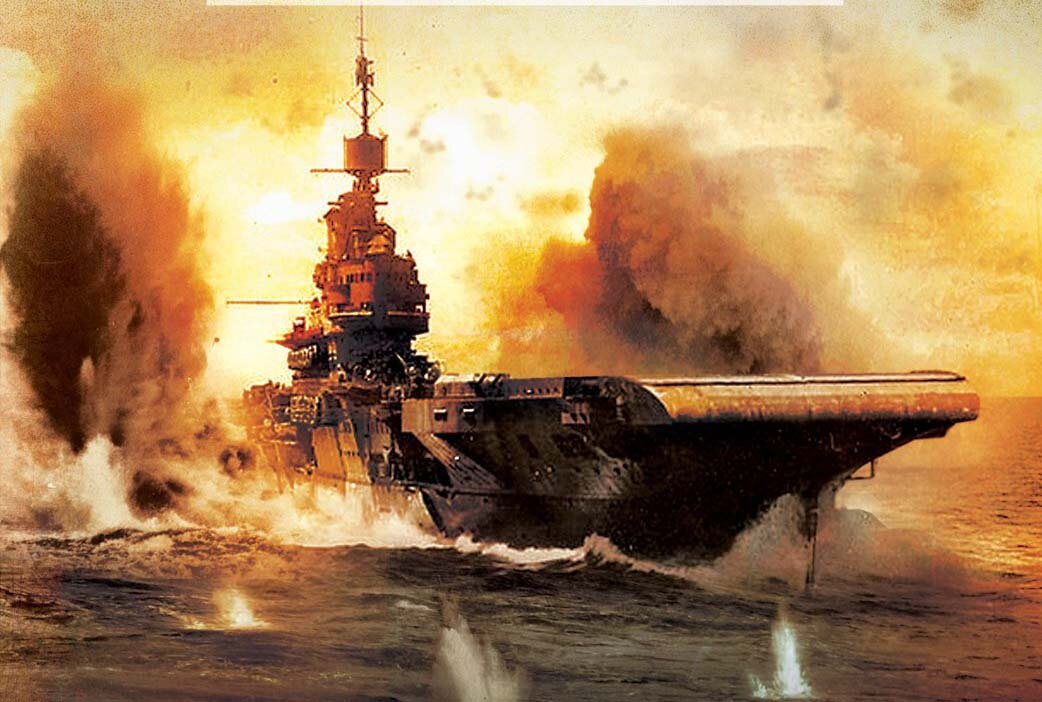- Thread starter
- #361
Wild_Bill_Kelso
Senior Master Sergeant
- 3,231
- Mar 18, 2022
I agree with most of that, none of it is confusing to me. There was also certainly a lag in delivering a lot of the US weapons, even once they had a few, they rarely seemed to arrive quickly enough or in enough numbers for the UK, and this is particularly true of all the naval aircraft including the Martlet / Wildcat. The first ones as you can see in detail from Geoffrey's post were small numbers that got diverted from French and Greek orders etc.

